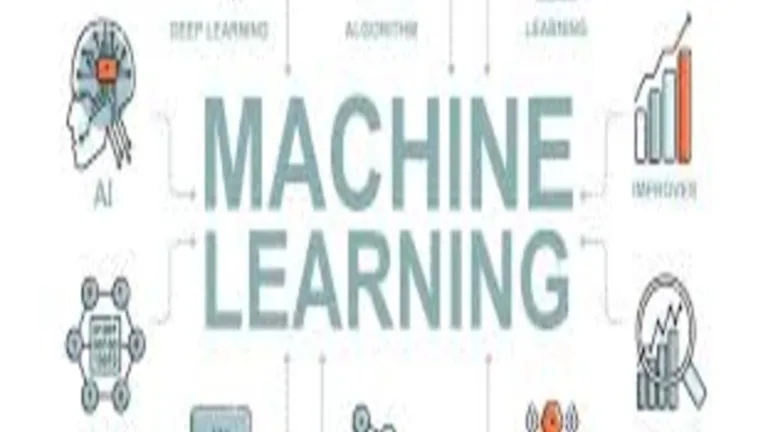Machine learning is no longer that thing of the future, as narrated by Sci-Fi. On the contrary, it is here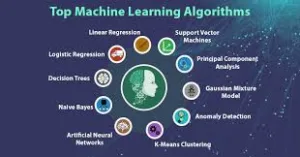 now, fully absorbed in how we lead our daily lives. It is busy changing industries, fuelling innovation, and creating a room for growth that could hardly be imagined. Whether you are a senior data scientist or a business leader looking to harness the power of data, knowledge about the leading machine learning model and where it applies would surely pave the road to success. This blog explores state-of-the-art machine learning models in the present day, along with their functionalities, applications, and what puts them right in the middle of the already overcrowded AI field.
now, fully absorbed in how we lead our daily lives. It is busy changing industries, fuelling innovation, and creating a room for growth that could hardly be imagined. Whether you are a senior data scientist or a business leader looking to harness the power of data, knowledge about the leading machine learning model and where it applies would surely pave the road to success. This blog explores state-of-the-art machine learning models in the present day, along with their functionalities, applications, and what puts them right in the middle of the already overcrowded AI field.
1. Linear Regression:
Linear regression is often considered to be a workhorse of machine learning and one of the simplest but most effective models in prediction. It is majorly used in forecasting and determining the relationships among variables.
Applications:
- Real estate price prediction
- Sales forecasting
- Risk management
The purpose of linear regression is to fit a straight line through the data points that best represents the relationship between the variables. Although a very simple technique, linear regression turns out to be surprisingly useful in many problems where a linear assumption holds.
2. Logistic Regression:
Another very basic model is the logistic regression, which is mostly useful for binary classification problems. Actually, it provides the probability for a given input to belong to a certain category.
Applications:
- Email spam detection
- Customer churn prediction
- Disease diagnosis
This works very well by trying to apply the logistic function to a linear combination of input features, a quite robust and easy model to interpret.
3. Decision Trees:
Decision trees are a versatile model used for both classification and regression tasks. They split data into subsets based on the value of input features, creating a tree-like model of decisions.
Applications: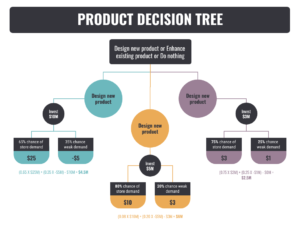
- Credit scoring
- Customer segmentation
- Fraud detection
Decision trees are universal for the classification or regression task; they can create an if-then-else split in the input space.
4. Random Forest:
Random Forest is the ensemble method constituting many decision tree base classifiers. It is powerful because of good prediction potential with respect to out-of-sample samples and high control on the situation of overfitting. It predicts more accurately and more stably, given its nature of averaging results from numerous trees.
Applications:
- Financial market predictions
- Sentiment analysis
- Healthcare diagnostics
It is, therefore, a model of choice for many because it can accommodate very large datasets with higher dimensionality.
5. Support Vector Machines (SVM):
Support Vector Machines or SVMs are extremely powerful models for classification tasks, especially in high-dimensional spaces, and have been finding rapidly growing popularity in a lot of areas. They basically work by trying to find the hyperplane that best separates the data into classes.
Applications: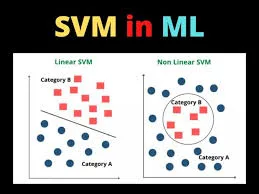
- Image classification
- Bioinformatics
- Text categorization
This is often the case when the number of dimensions exceeds the number of samples, and the SVM is relatively insusceptible to overfitting, particularly in high dimensions.
6. K-Nearest Neighbors (KNN):
Essentially, K-Nearest Neighbors is a very simple, non-parametric algorithm that can be used for classification or regression. It classifies a given data point on the basis of majorities of its neighbors’ class.
Applications:
- Recommender systems
- Pattern recognition
- Geospatial analysis
It is very simple to use as well could be understood easily, hence KNN is good to do a quick and initial analysis.
7. Naive Bayes:
Naive Bayes classifiers are a family of simple probabilistic classifiers based on Bayes’ theorem. In spite of their simplicity, they are incredibly effective for a large number of applications.
Applications: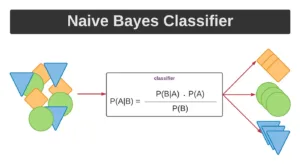
- Document classification
- Sentiment analysis
- Spam filtering
These classifiers are hence very useful, particularly when dealing with large datasets and are known to be quick and scalable.
8. Neural Networks:
It is actually neural networks, particularly deep neural networks, which have revolutionized machine learning and have made possible huge advances in complex tasks like image and speech recognition.
Applications:
- Autonomous driving
- Natural language processing
- Game playing (e.g., AlphaGo)
Like the human brain, neural networks are composed of layers of connected nodes. They learn from huge amounts of data, detecting complex patterns and dependencies.
9. Convolutional Neural Networks (CNNs):
Convolutional Neural Networks have been purposely devised for data of a grid-like structure, such as images. The networks use convolutional layers to automatically detect and learn spatial hierarchies of features.
Applications:
- Image and video recognition
- Medical image analysis
- Object detection
Like the rest of the machine learning field, CNNs have been a hob for the furtherance of computer vision in allowing machines to achieve human-like perception capabilities.
10. Recurrent Neural Networks (RNNs):
So, Recurrent Neural Networks are more designed to process sequential data, meaning that they will be better for tasks in which the context or order of the data is important.
Applications: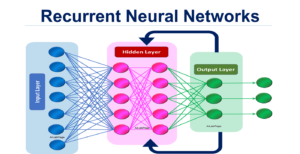
- Language modeling
- Time-series forecasting
- Speech recognition
RNNs have internal memory that helps them process a variable-length sequence of inputs, therefore, making them effective in dealing with time or sequence data.
11. Gradient Boosting Machines (GBM):
Gradient Boosting Machines are very strong ensemble technique as it builds models sequentially, and each new model corrects the errors of previous ones. Such an approach results in high accuracy in building predictions.
Applications:
- Credit scoring
- Web search ranking
- Predictive maintenance
The specific advantage of the GBMs is the ability to cope with different types of data. They perform much better when datasets are complex.
12. XGBoost:
XGBoost conforms to an extension of the gradient boosting framework, optimized for speed and performance. Occasionally it is said to be fast and accurate and thus turns out to be a fair favorite of data science competitions.
Applications:
- Kaggle competitions
- Fraud detection
- Customer behavior prediction
The capacity of XGBoost to handle missing data and also to prevent the issue of overfitting by employing various regularization techniques makes it a very robust choice for many real-world applications.
13. LightGBM: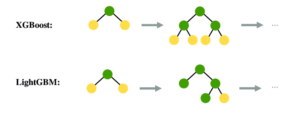
LightGBM: Another gradient boosting framework known for its speed and scalability. It also uses a histogram-based algorithm, with the ability to handle large datasets.
Applications:
- Real-time prediction systems
- High-dimensional data analysis
- Online advertising
It is very fast and efficient in handling large-scale machine learning jobs.
14. CatBoost:
It can handle categorical features automatically. CatBoost stands for Categorical Boosting. It is another gradient boosting model that does wonderfully in an environment with lots of categorical data.
Applications:
- E-commerce recommendation systems
- Financial forecasting
- Customer satisfaction analysis
A big advantage of CatBoost is that it can deal with categorical data without the need for much preprocessing, hence saving the hassle in model development.
Conclusion:
The ideal machine learning model is a choice that depends on the nature of your data, the problem in view, and the resources that you have. As the post shows, there exist some the best models in the field. But the secret to machine learning success really is in trying it out and experimentation. Knowing the strengths and weaknesses of every model lets one make informed decisions and construct robust and high performing systems.
Machine learning is a dynamic field; it changes so fastand this book will help you stay abreast of all the developments and improve your approach so that you can make use of its immense potential. Whatever may be your purpose-whether improving customer experience, making operations better, or driving innovation-the correct machine learning model unlocks transformational insights that are going to take your efforts forward. So dive in, experiment, and watch your data change into action intelligence.

